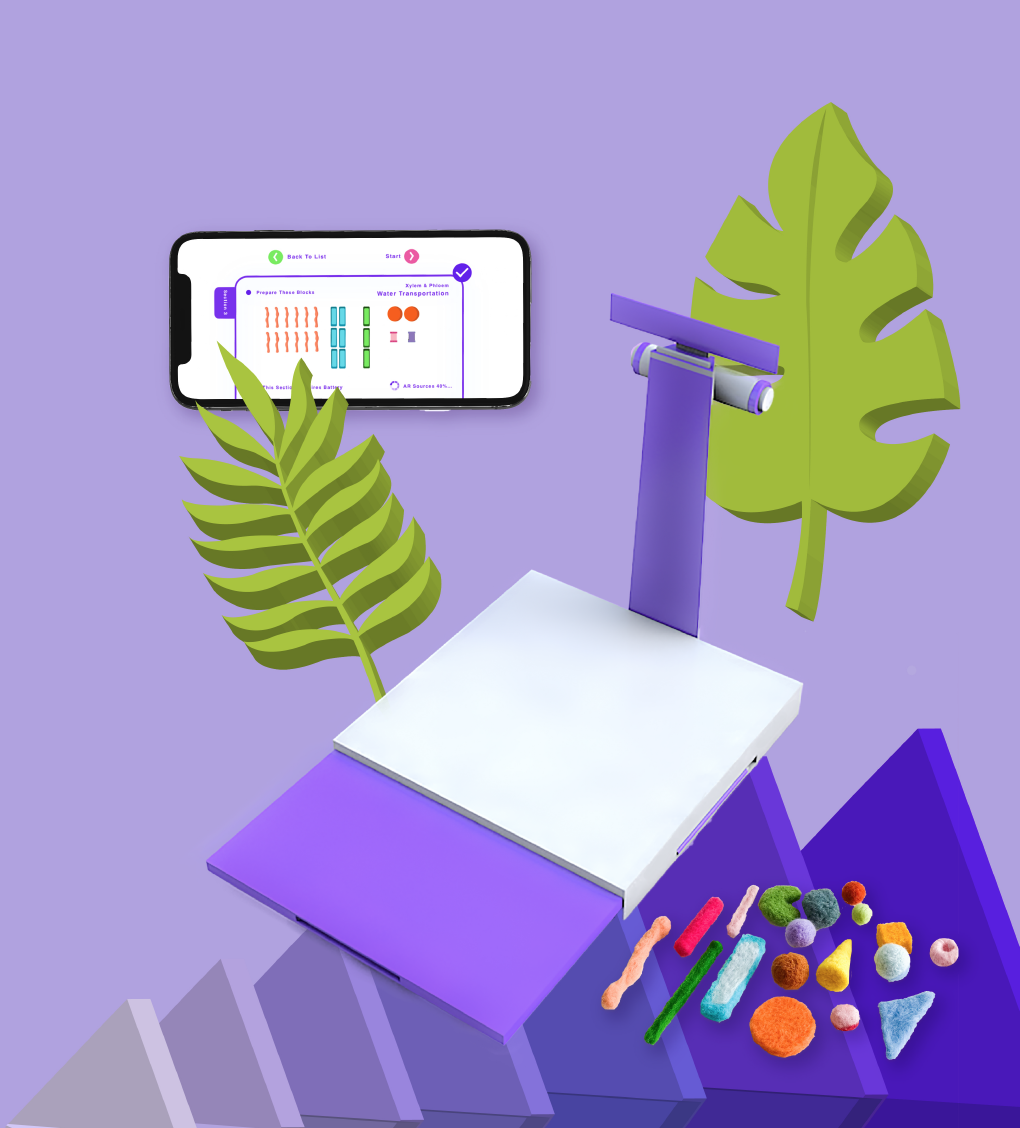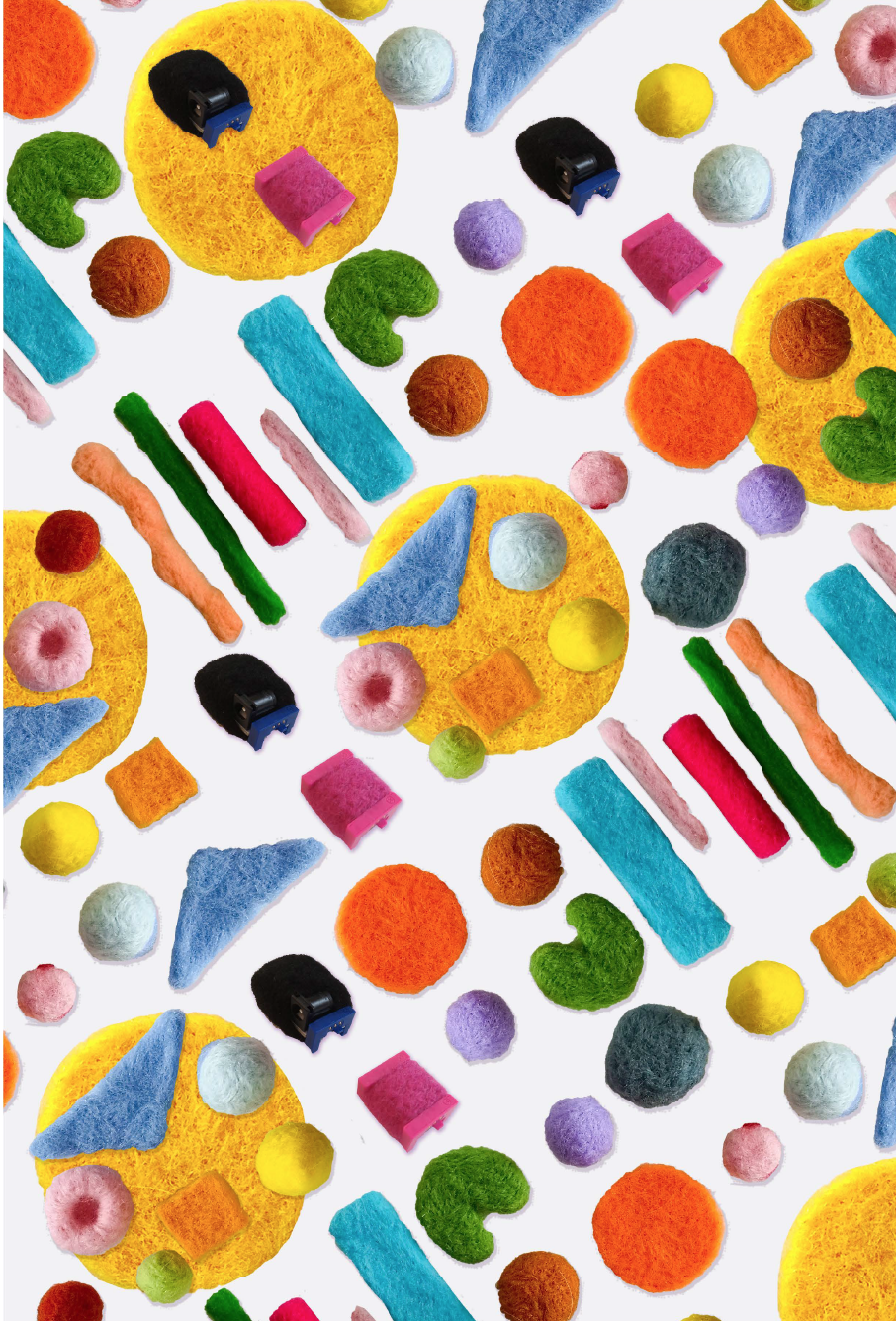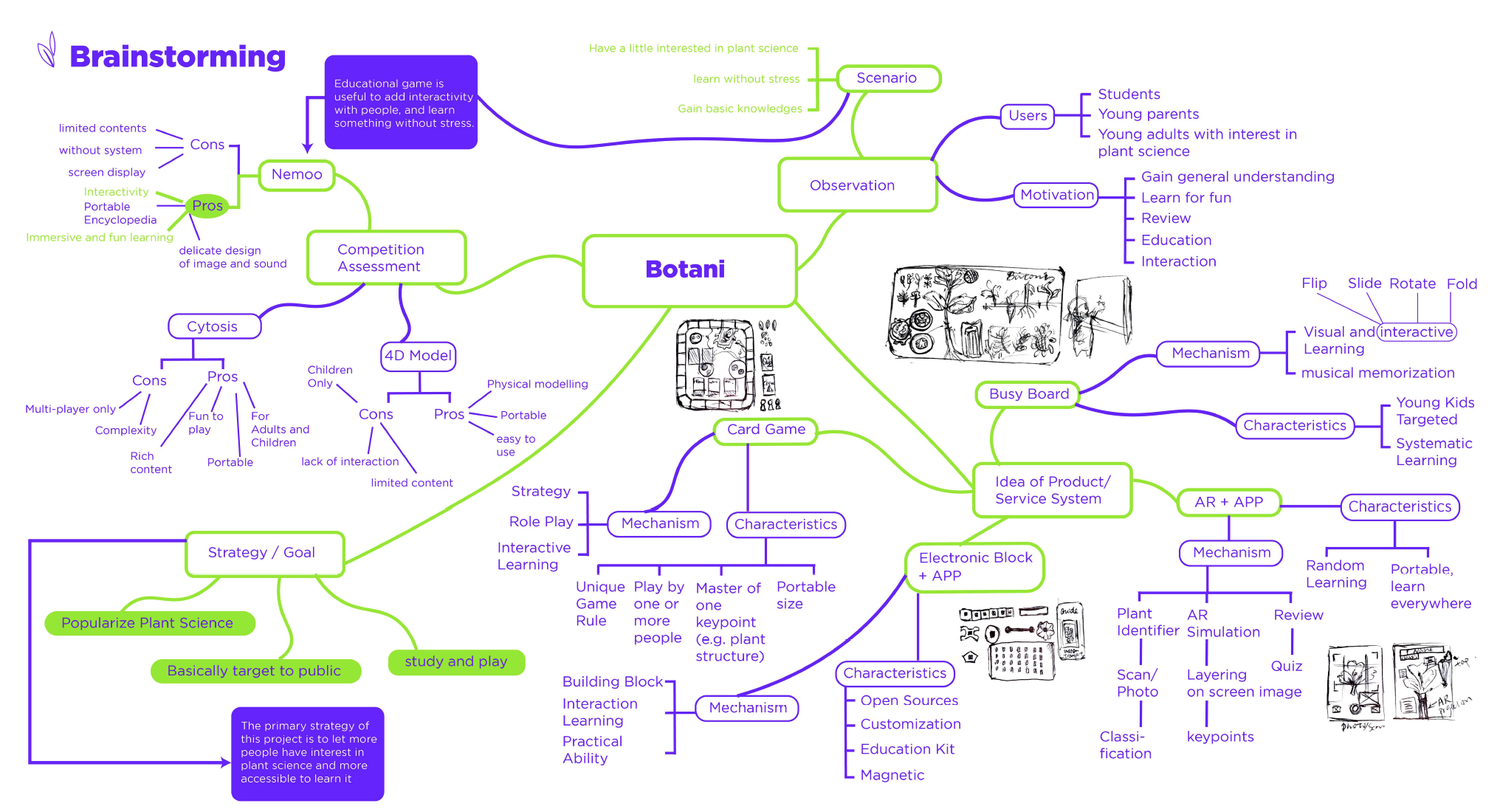Botani- Plant Science Education Kit

Edutainment | Physical Computing | Botany / 2019
Vitality and difficulty of botany
Botany is contributed to several fields, like agriculture, horticulture, forestry, the structure and function of plants and their interactions with the ecological space.
However, botany is always overlooked compared with other biological research area, and its difficulties of learning scares young people. The public and young students need opportunity to develop interests and learn basic plant science. For raising the publicity and study interests of young people, the design of plant science interactive kit is speculated and created with microcontroller and sensor interfacing techniques.









